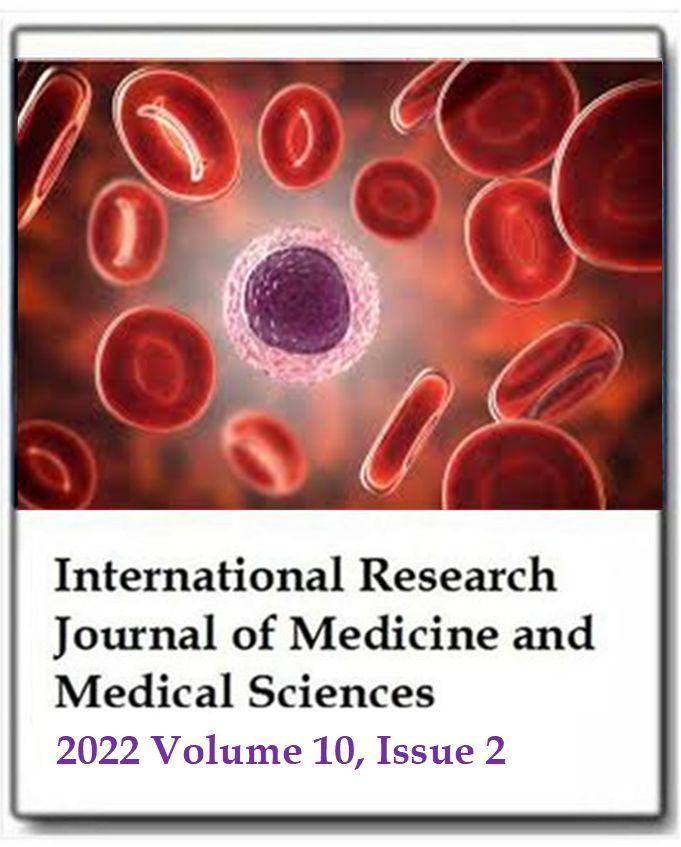Medication use evaluation: The impact of introducing Nalbuphine on hospital management of Meperidine
I-Hsuan Tsai, Hsin-Yueh Hu, Chen-Chun Kuo, Kuang-I Cheng and Ying-Hao LuInternational Research Journal of Medicine and Medical Sciences
Published: June 9 2022
Volume 10, Issue 2
Pages 37-43
Abstract
Meperidine was often used for postoperative pain relief, but it has addictive and neurotoxic side effects. In order to reduce the use of Meperidine and meet the needs of clinical use, the hospital started using Nalbuphine in August 2018, and the effectiveness for about three years was analyzed with the expectations of reducing the risk of Meperidine use and improving the safety of analgesic treatment. The clinical departments in the hospital advocated that Nalbuphine can replace Meperidine, and the notification of short message service for those with large usages was enhanced. Finally, the data on the changes in the usage of Meperidine and Nalbuphine from August 2018 to December 2021 were collected. Overall, the usage of Nalbuphine increased month by month after it was introduced; in contrast, the average monthly usage of Meperidine decreased from 545 in 2018 to 47 in 2021. It was found that a key point of the golden cross appeared for the use of the two drugs one year after Nalbuphine was introduced. In conclusion, Nalbuphine can indeed replace Meperidine to meet the clinical needs for pain relief when it is used in hospitals. In addition, the annual drug purchase cost of Meperidine can be significantly saved to improve the effectiveness of hospital operations, so the non-controlled drug Nalbuphine has the added benefit of drug profit. Finally, it is hoped that other medical institutions can learn and apply these research findings to the management of controlled drugs in the hospital.
Keywords: Meperidine, Nalbuphine, patient safety, hospital management.
Full Text PDFThis article is published under the terms of the Creative Commons Attribution License 4.0

